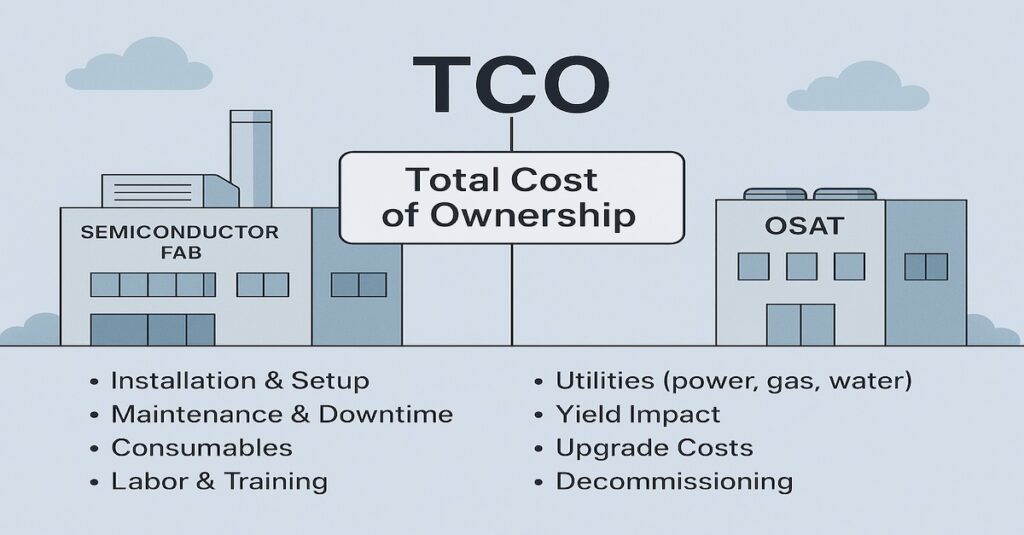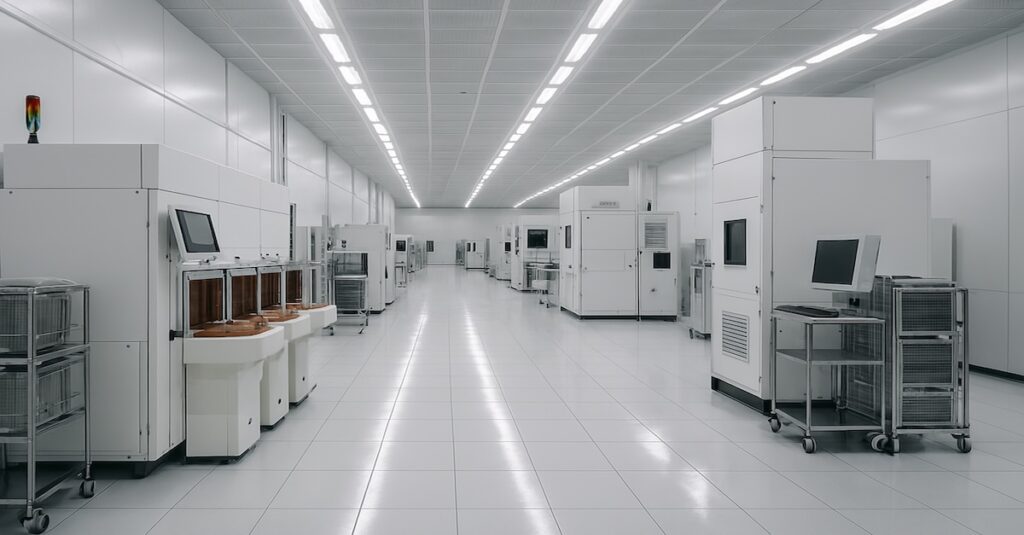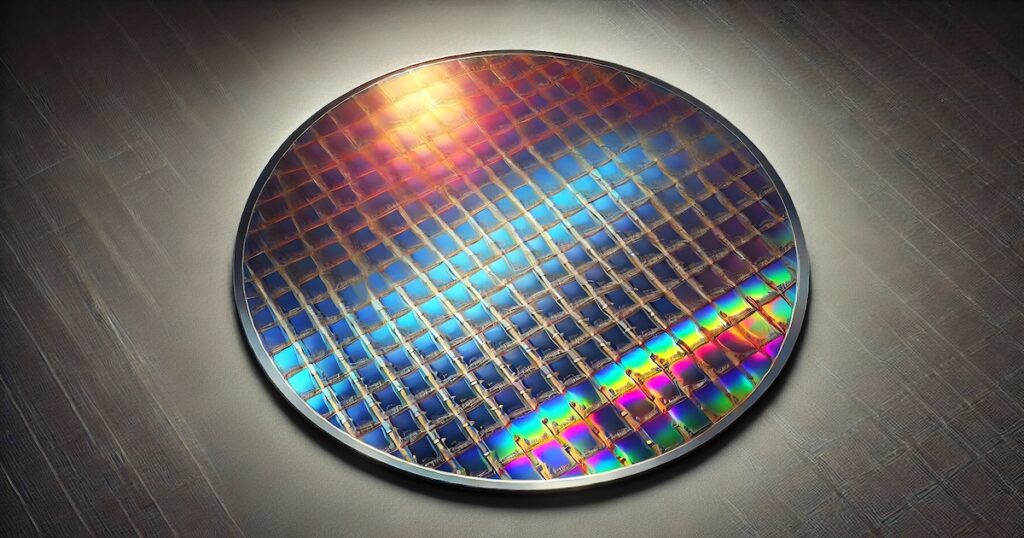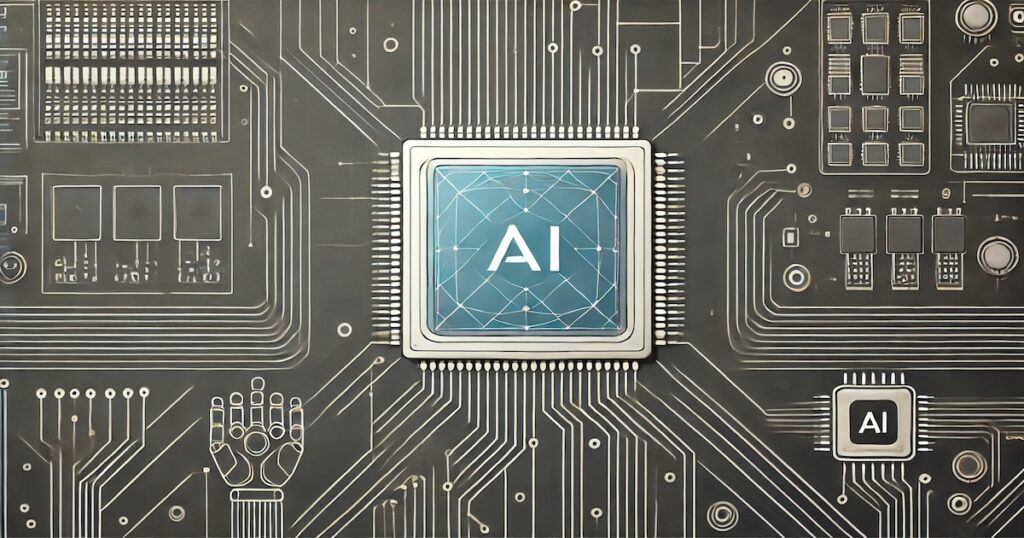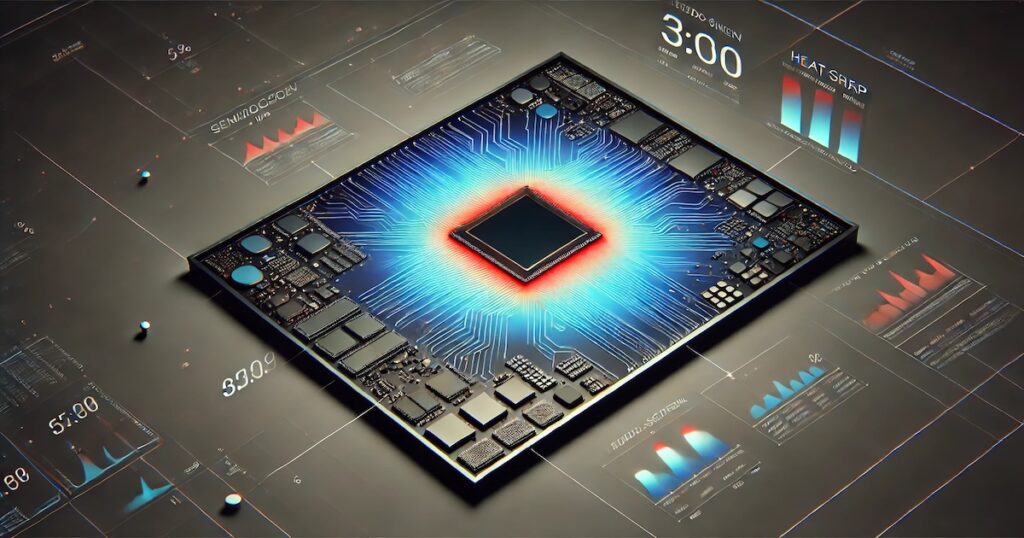Image Generated Using DALL-E
The Growing Need For High-Speed Interconnects
As AI workloads grow exponentially, the demand for faster, more efficient interconnects between accelerators has become critical. High-performance computing (HPC), data centers, and hyperscale AI clusters are pushing the limits of existing technologies, leading to new interconnect standards.
This rapid change is primarily driven by AI models becoming more complex, necessitating massive parallel processing across thousands of accelerators. The sheer scale of data exchange required for training and inference demands interconnects that deliver high bandwidth, low latency, and efficient data transfer to avoid performance bottlenecks.
Traditional technologies like PCIe are struggling to keep pace with these evolving requirements, paving the way for specialized interconnects designed to meet the demands of modern AI infrastructures.
Moving Away From Proprietary To Open Interconnect Standards
The focus on processing speedy data has shifted the discussion from individual accelerators to how efficiently these accelerators communicate with each other. This communication is governed by evolving interconnect standards designed to meet the unique demands of AI workloads. These standards dictate data transfer speed, efficiency, and scalability between accelerators, CPUs, and memory resources in high-performance environments. Thus enabling a level playing field for different applications for silicon players.
While proprietary solutions have historically dominated the landscape, the industry is now witnessing the rise of open standards such as UALink, CXL, and UCIe.
Comparative Analysis
The following table compares the leading interconnect standards, focusing on key criteria such as performance, scalability, ecosystem support, and flexibility with open standards. Here is how these standards stack up against each other:
| Criteria | UALink | NVLink | CXL | PCIe | UCIe |
| Performance | Leads in low-latency, high-bandwidth; adaptable to different architectures | Excels in GPU-to-GPU communication within a closed ecosystem | Robust memory coherency, less optimized for pure data throughput | Improving with PCIe 5.0/6.0, but still struggles with latency compared to dedicated interconnects | Highly efficient for in-package die-to-die data transfer, not comparable for broader networks |
| Scalability | Efficient scaling across thousands of accelerators, ideal for hyperscale AI data centers | Scales well within closed ecosystem but lacks flexibility for heterogeneous environments | Excellent scalability for memory-centric applications with coherent memory sharing | Universal adoption, though point-to-point architecture can cause bottlenecks in large AI setups | Excels in scaling within chip packages, supporting advanced multi-die systems |
| Ecosystem Support | Rapidly gaining traction with industry leaders, reducing reliance on proprietary solutions | Strong support within closed ecosystem, limited cross-platform flexibility | Broad industry adoption and platform compatibility | Widespread industry adoption, ensuring broad support and integration | Emerging standard for chiplet architectures with growing support from semiconductor manufacturers |
| Flexibility And Open Standards | Promotes interoperability across vendors, reducing vendor lock-in | Proprietary, limiting flexibility outside of closed ecosystem | Supports open standards, enhancing interoperability across vendors | Standardized, ensuring compatibility but less flexible for specialized AI workloads | Open standard driving chiplet design innovation, confined to in-package interconnects |
What Is Next For AI Accelerator Interconnects
The future of AI accelerator interconnects is poised to evolve through a hybrid approach, where different standards will be optimized for specific use cases. The need for tailored interconnect solutions will become even more pronounced as AI workloads diversify, ranging from large-scale data center applications to edge computing. Open standards like UALink and CXL are emerging as strong contenders, challenging proprietary technologies by promoting interoperability, driving innovation, and reducing vendor lock-in. Their flexibility allows organizations to build scalable, efficient infrastructures without being confined to a single ecosystem.
However, proprietary solutions such as NVLink will continue to play a significant role, especially in environments where tightly coupled hardware and software optimizations are critical for peak performance. Meanwhile, PCIe will remain a foundational technology due to its universal adoption, albeit with limitations in handling the specialized demands of AI workloads. UCIe is also gaining momentum, particularly as chiplet architectures become more prevalent, enabling faster, more efficient data transfer within advanced semiconductor designs.
The race for AI accelerator interconnects is intensifying, driven by the relentless demand for faster, more efficient AI processing. Thus, several startups are emerging that are focusing on this domain.
Whether it is UALink, NVLink, CXL, PCIe, or UCIe, each standard plays a pivotal role in shaping the future of AI infrastructure. Staying informed about these developments is beneficial and essential for anyone involved in AI, high-performance computing, or semiconductor industries. The key to the future lies in understanding how these technologies can be leveraged together to create robust, scalable, and future-proof AI systems.


